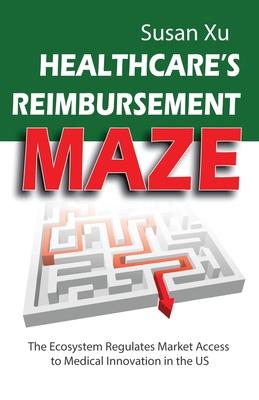The odds that a healthcare startup will fail is 90%, and 20% of new businesses fold by just one year in. Not clearly understanding who will pay for the product and how much of the reimbursement is a deadly and easy mistake to make.
Every day, doctors and patients face difficult choices. Should a patient with stable chest pain undergo a surgical procedure, even though studies show that most patients do not benefit from procedures like coronary artery bypass graft or coronary angioplasty? And should a breast cancer patient with ductal carcinoma in situ receive radiation therapy after surgical excision to prevent recurrences that occur in 20-30% of women over 10 years? Medical innovations, such as those discussed in the book, offer better diagnosis and treatment options for patients in need.
However, for a medical innovation to reach patient care, it must typically be paid for. Healthcare reimbursement is the complicated and intertwined process by which a medical innovation receives payment. Healthcare reimbursement is a critical product-to-market question for entrepreneurs and venture capitalists, as the answers decide the likelihood of building a sustainable and successful business from a medical innovation.
The healthcare reimbursement ecosystem exerts powerful forces that shape an innovation's adoption and diffusion in patient care. This book provides a detailed account of the US ecosystem regulating market access to medical innovations. Specifically, in the "Healthcare's Reimbursement Maze" you will discover:
- Why medical coding is crucial to reimbursement
- How the payment systems are designed, evolved, and adapted to new technologies
- How public programs and private health plans decide whether to cover a new technology
- The roles of healthcare providers in the reimbursement ecosystem
- Strategies for navigating the maze of reimbursement
